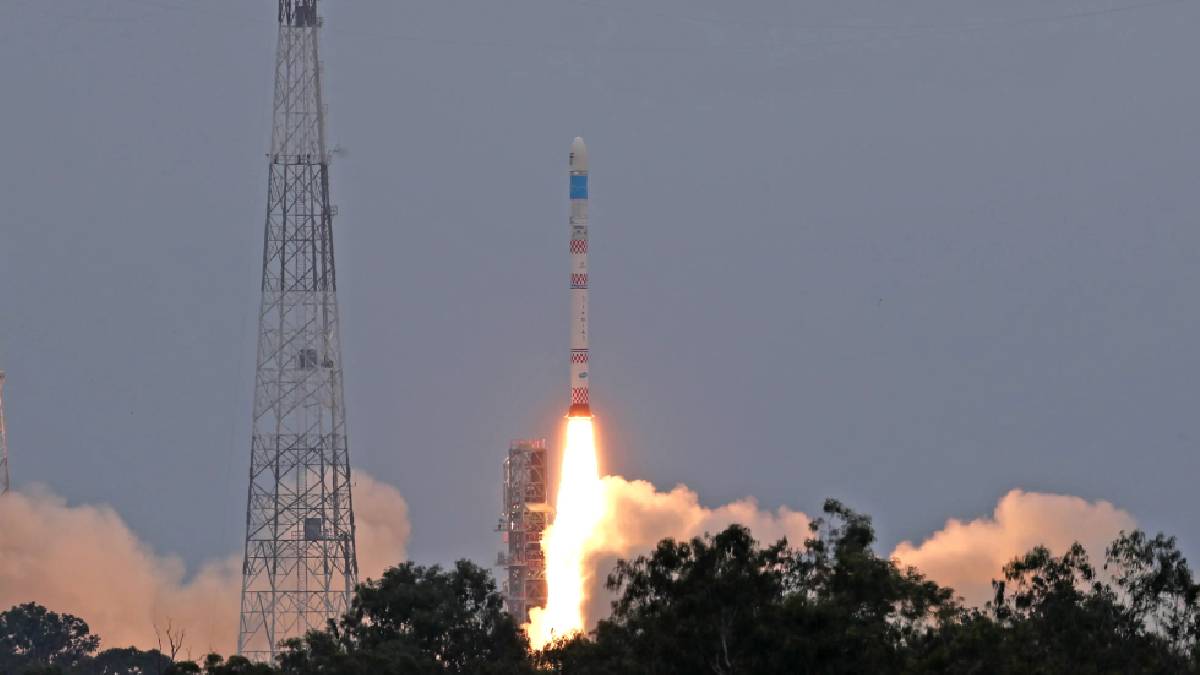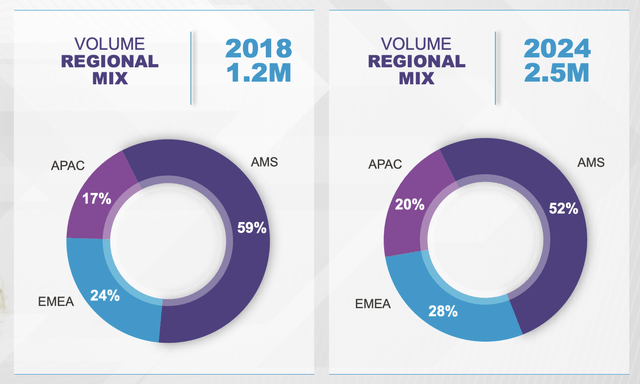Hindustan Aeronautics Secures Major SSLV Production Milestone: Tech Transfer Paves the Way for Future Rocket Innovation

In a significant boost to India's space program, Hindustan Aeronautics Limited (HAL) has won a crucial technology transfer bid, paving the way for it to take over the production of Small Satellite Launch Vehicles (SSLVs). This marks a pivotal moment in the nation's ambition to become a self-reliant space power.
The agreement, recently announced, grants HAL the rights to manufacture two SSLVs under the existing design and supplier framework currently used by the Indian Space Research Organisation (ISRO). This initial phase allows HAL to gain invaluable experience and expertise in SSLV production, familiarizing itself with the intricate processes and technologies involved.
However, the real excitement lies in what follows. A key element of the technology transfer is the future flexibility it provides HAL. After successfully producing the first two rockets, HAL will be granted the autonomy to make design enhancements and, crucially, select its own vendors for the third rocket. This represents a significant step towards independent control over the SSLV's manufacturing and potential for innovation.
Why is this so important? The ability to modify the design allows HAL to potentially improve performance, reduce costs, and tailor the SSLV to meet specific mission requirements. Choosing its own vendors provides greater control over the supply chain, mitigating risks associated with reliance on a single source and fostering competition to drive down prices. This also opens doors for collaboration with Australian aerospace companies, potentially exploring joint ventures and technology sharing opportunities – a particularly relevant consideration given the growing strategic partnership between India and Australia.
Looking Ahead: The Future of SSLV and HAL's Role
This technology transfer isn't just about producing rockets; it's about building indigenous capabilities. HAL's involvement will strengthen the entire aerospace ecosystem in India, creating skilled jobs and fostering technological advancements. The experience gained will undoubtedly benefit other defense and aerospace projects within HAL's portfolio.
Furthermore, the ability to independently produce and improve the SSLV will enhance India’s responsiveness to the growing demand for small satellite launch services, both domestically and internationally. As the global space economy continues to expand, HAL is strategically positioned to play a key role in meeting this demand.
The move is being widely welcomed by industry experts and policymakers alike, who see it as a critical step towards achieving India’s long-term goals of space exploration and self-sufficiency. With HAL at the helm, the future of the SSLV looks brighter than ever, promising a new era of innovation and opportunity for the Indian space sector.
Key Takeaways:
- HAL secures technology transfer for SSLV production.
- Initial rockets will be built using existing ISRO framework.
- HAL gains design and vendor flexibility for future rockets.
- This strengthens India’s space capabilities and fosters innovation.






